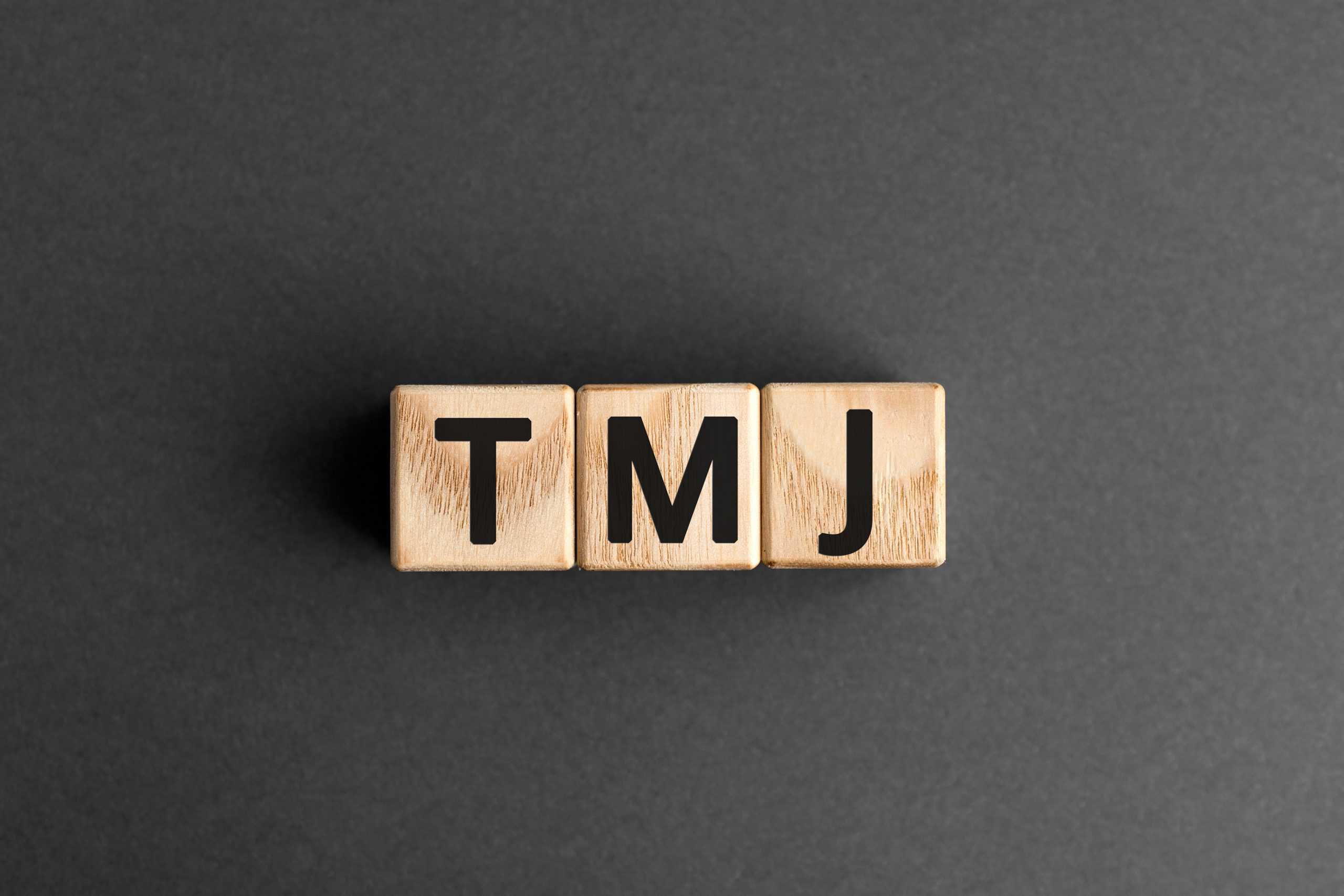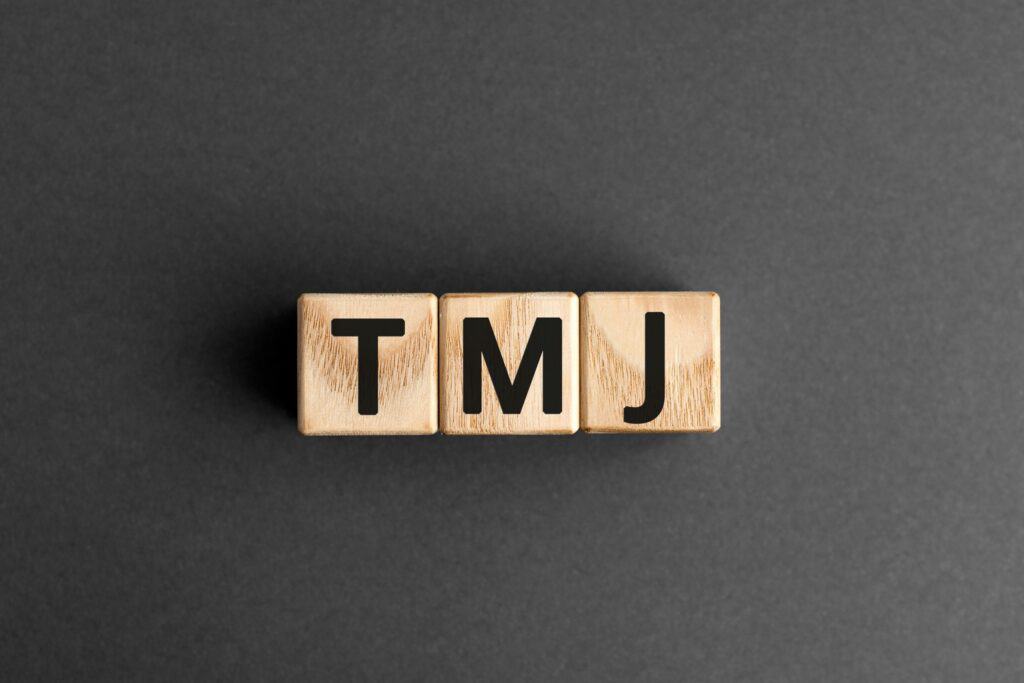TMJ Treatment: Exercises and Tips to Relieve Pain

TMJ disorder is one of the most frequently found concerns for dental patients across the US. It’s believed that around 12% of the population will be affected by this at any given time in their lives. The condition can vary in severity, with some patients suffering from minor pain and stiffness, while others find it difficult to open their mouths or eat.
Still, TMJ treatment is available to calm the symptoms. The biggest issue is that patients don’t get treated! Before you look at treatment options, it helps to know more about this condition.
What Is TMJ Disorder?
TMJ disorder is more of a blanket term for numerous problems. The temporomandibular joint is one that connects the jaw to the skull. Thus, TMJ disorders relate to any conditions affecting this joint. Typically, a TMJ disorder will lead to pain in and around the TMJ joint. This is exacerbated when you open or close your mouth. It is usually due to problems with the muscles and surrounding structures of the joint.
What Are the Causes of TMJ Disorders?
The challenge with TMJ disorders is that there can be numerous causes. As a dentist, the first task is to pinpoint the reason for your pain in this area. Upon doing so, you will be prescribed the most effective treatment plan.
Some of the most common causes include:
- Physical trauma to the bones/joint
- Repetitive strain injury – typically caused by constantly grinding or clenching your teeth
- Arthritis
- Dental surgery/procedures – some patients suffer from TMJ disorder after being forced to keep their mouth open for long periods during treatment
- Infections
- Autoimmune diseases
Genetic factors also come into play. For example, it’s believed that women in childbearing years are more likely to suffer from TMJ disorders. Different habitual tendencies can also contribute to TMJ pain. For example, continually chewing gum every day can wear down the jaw muscles around the joint.
TMJ Treatment Options
Treating TMJ pain is different from a lot of other oral health issues. Unlike things like tooth decay or gum diseases, you won’t undergo special procedures. Instead, you’ll use a combination of lifestyle changes, exercises, and stretches to relieve tension.
With regards to exercises or stretches, you have a few key points to consider:
- Strengthen the muscles of the TMJ
- Relax any muscle tension
- Improve the range of movement of the joint
All three of these things are critical for different reasons. Relaxing the muscle tension is key to eliminate your pain. Often, TMJ disorders hurt because the muscles are very tight, stiffening the jaw. This decreases the range of movement, making it harder to open your jaw and eat or speak. Therefore, relaxing the muscles also enables more range of movement.
However, strengthening exercises are essential to prevent further pain. Ask yourself, why are the muscles of the TMJ tight? Well, it’s because they’re too weak to keep up with their current workload. When a muscle isn’t strong, it tires out quickly, leading to tightness and pain. By strengthening your jaw muscles, they’re able to withstand the constant work they’re put under. As a result, you should see permanent relief from TMJ pain.
TMJ Stretches & Relaxation Exercises
To begin, let’s look at a few ways you can stretch and relax the muscles of the jaw. Stretching your jaw is relatively easy, and here are the steps to follow:
- Keep your jaw relaxed and slowly open your mouth as wide as you can. Don’t move your head, just let your jaw hang open for around 10-30 seconds, then close it.
- Keep your mouth closed and move your jaw to the right, holding it for a count of 10-30 seconds before returning to the middle.
- Keep your mouth closed, and move your jaw to the left, holding it for a count of 10-30 seconds before returning to the middle.
It’s particularly important in the last two points to keep your head firmly in place. You’re only moving your jaw to the right or left, not your head! This is because you’re looking to stretch the masseter muscle, which is the big one that gets tight in TMJ disorders.
As well as performing these stretches, you can partake in some self-massage for the TMJ joint:
- Find the TMJ joint by placing your finger/thumb at the side of your face, right by your ears. Open and close your mouth; you should be able to feel the joint moving.
- From here, make soft circular motions with your finger/thumb. Slowly make your way down the side of your face and along the cheekbone, massaging the whole way.
- You can increase the pressure you apply to this massage to further relax the muscles and relieve tension.
If you feel any pain while massaging or stretching, it’s best to stop right away and ease off. You shouldn’t be in pain as it will just cause more muscle tension and your TMJ can’t relax!
TMJ Strengthening Exercises
The stretches and relaxation will also help to improve the range of movement of the joint. Now, you have to strengthen it to keep the pain away. This tends to consist of exercises while opening or closing your mouth.
- Slowly open your mouth while using your thumb/finger pushing up under your chin. This offers resistance, training the TMJ muscles to work harder.
- Slowly close your mouth, but this time your finger/thumb is between your chin & lip, pushing down. Once more, this offers resistance and strengthens the muscles as they close your jaw.
It’s important to do these exercises slowly as you need to control the movements. This is how the muscles get stronger, but it also helps to prevent any sideways movement of the joint. A good rule of thumb is to do 10 repetitions of each exercise, 2-3 times total.
Get Professional TMJ Treatment
The previous ideas will help you treat your TMJ pain at home. If you still suffer from chronic pain and tension, feel free to contact us today. We offer specialist TMJ therapy to devise a plan that will relieve your pain. Get in touch with our team to schedule your consultation.
